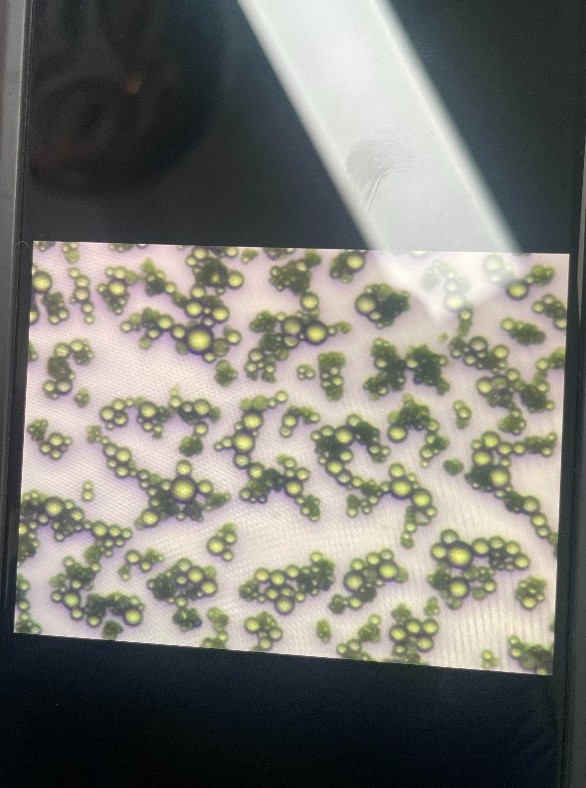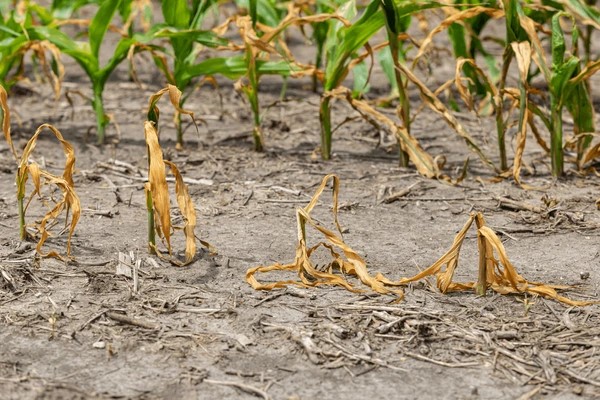
Wilt disease
Wilt is one of the most common diseases and causes a lot of damage to crops, especially crops such as tomatoes, peppers, potatoes, watermelons, cucumbers, squash, and many other plants. This disease not only reduces productivity but can also lead to crop loss if not controlled promptly. With the characteristics of rapid occurrence and spread, wilt has become a major concern for farmers.
In this article, we will learn about the causes, symptoms, effects and prevention measures of wilt on crops to help growers have effective ways to deal with and protect crops.
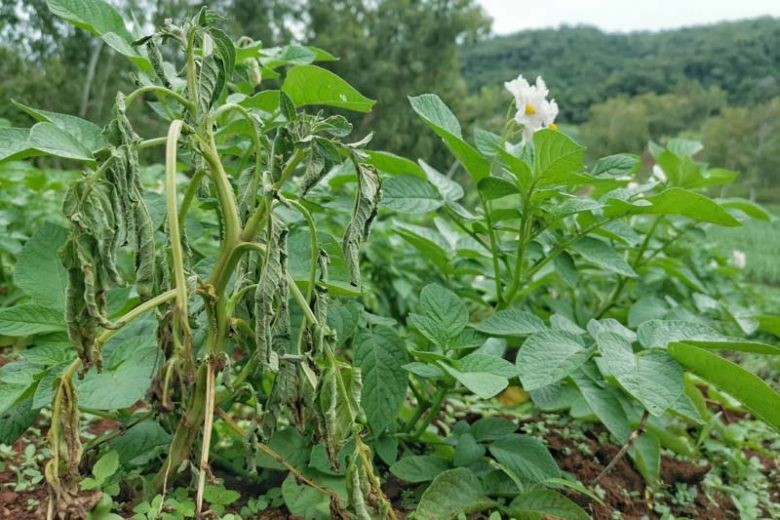
1. Causes of wilt on crops
Wilt on crops can be caused by many agents, mainly fungi, bacteria, and sometimes unfavorable environmental conditions. Here are some of the main causes of the disease:
1.1. Pathogenic fungi
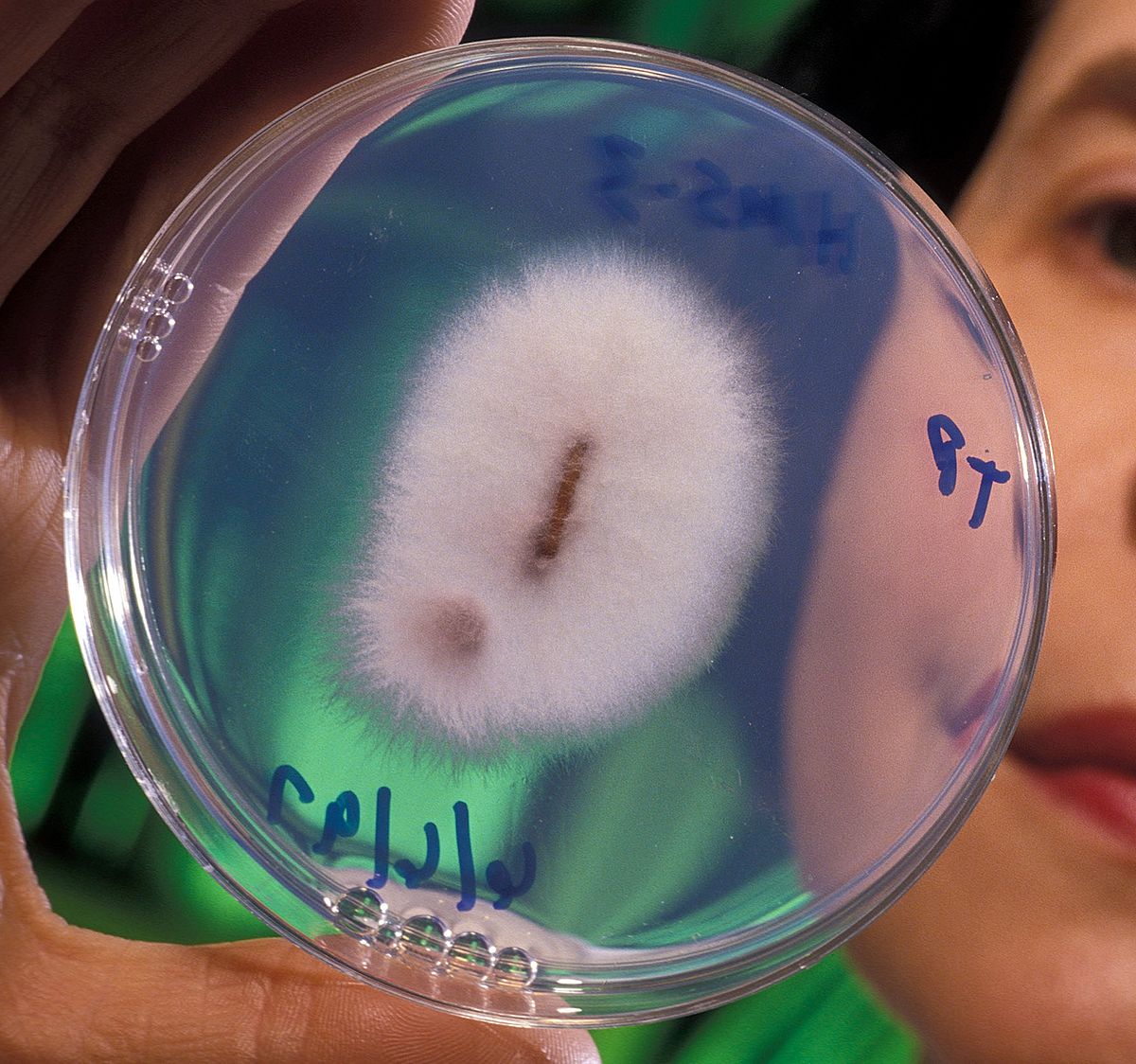
- Fusarium oxysporum: This is the most common fungus that causes wilt disease in crops. This fungus usually exists in the soil and penetrates the roots through wounds or damaged root areas, causing blockage of water channels, making the plant unable to absorb water and nutrients.
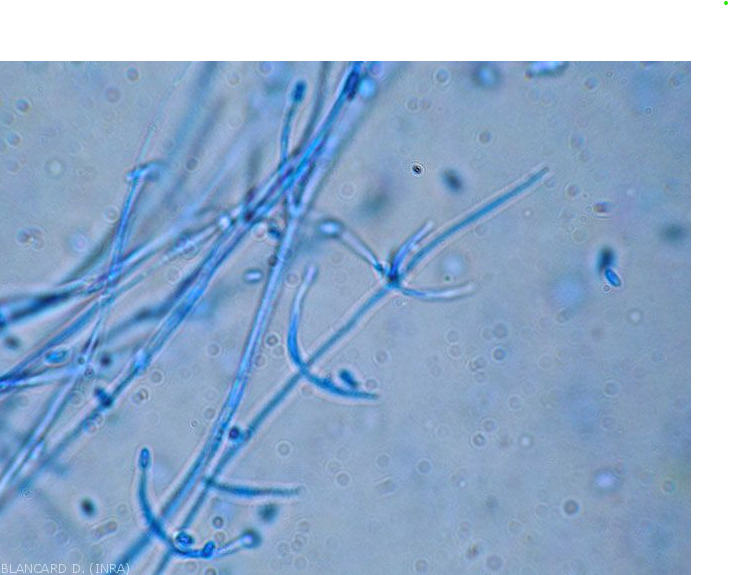
- Verticillium: This fungus also causes wilt disease similar to Fusarium, but often occurs in wet soil conditions and high temperatures.
1.2. Pathogenic bacteria
- Ralstonia solanacearum: This bacterium causes bacterial wilt (also known as blue wilt) in many types of crops, such as tomatoes, peppers and potatoes. The bacteria penetrate through wounds in the roots and spread in the water channel system, making the plant unable to absorb water and wilt quickly.
1.3. Environmental conditions
- Poorly drained soil: Prolonged waterlogging or poor drainage are also causes of crop wilt. Wet conditions create favorable conditions for fungi and bacteria to grow and attack plant roots.
- High temperatures: During long hot days, plants are susceptible to dehydration and weakening, increasing the risk of wilt infection.
2. Symptoms of wilt on crops
Symptoms of wilt are quite clear and easy to recognize, mainly focusing on the phenomenon of crops wilting without recovery, although soil conditions and irrigation water are still adequate.
2.1. On leaves and stems
- Wilting: The first symptom of the disease is that the leaves wilt during the day, but may recover in the evening. Then the leaves wilt completely, turn yellow or brown and cannot recover. In some plants, the bottom leaves wilt first, then the disease gradually spreads to the upper leaves.
- Wilting stems: The stems may become weak, wilted, and turn brown or black. The stems show signs of wilting from the base to the top.
2.2. On the roots
- Rotten roots: When a plant is infected with wilt, the roots often show signs of rotting, turning brown-black and no longer able to absorb water. The small roots and fibrous roots often rot first, then the disease spreads to the main roots.
- Blocked vascular system: Wilting causes the plant's water-conducting vascular system to become blocked. If the stem is cut across, the vascular system may turn brown, a sign that the plant is unable to transport water and nutrients from the roots to the leaves.
2.3. On fruit
- Shrinking fruit: For fruit-bearing plants such as tomatoes, cucumbers, and watermelons, the fruit often shrinks, develops unevenly, and may fall off early due to the plant's inability to supply water and nutrients.
3. Harmful effects of wilt

Wilt causes serious damage to crop growers, especially in important crop seasons. Some of the main harmful effects of the disease include:
- Reduced yield: When plants are infected with wilt, the photosynthesis and water absorption processes are interrupted, causing the plants to be unable to grow normally, reducing the yield and quality of agricultural products.
- Crop failure: In the event that the disease spreads over a large area, growers may face the risk of losing the entire crop due to massive plant death and loss of growth ability.
- Economic damage: Wilt not only affects yield but also increases production costs when growers have to spend money on pesticides and other control measures.
4. Conditions for wilting
Wilting often occurs in the following conditions:
- Hot and humid weather: Wet weather and high temperatures are ideal environments for the growth of fungi and bacteria that cause disease.
- Poorly drained soil: Waterlogged soil and poor drainage systems also increase the risk of wilting in plants.
- Weakened plants: Plants that are not properly cared for, lack nutrients, or are damaged by pests are susceptible to wilting.
5. Measures to prevent wilt disease in crops
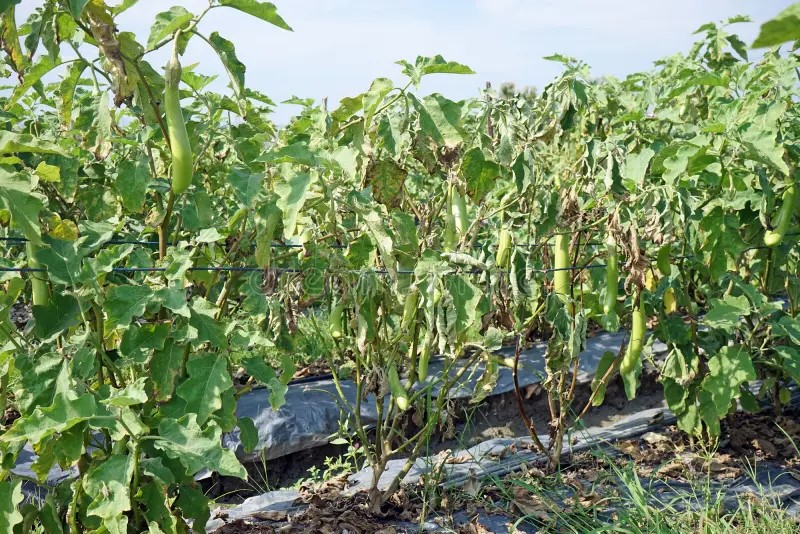
To prevent wilt disease, it is necessary to combine appropriate cultivation measures and use of pesticides. Below are effective measures to control wilt disease.
5.1. Irrigation and soil management
- Improve drainage system: Ensure that the soil has good drainage capacity, avoid prolonged flooding. During the rainy season, timely drainage measures are needed for fields and gardens to minimize the risk of disease.
- Water properly: Do not water too much and avoid watering in the evening. Water in the early morning or late afternoon when the weather is cool so that the plants have enough time to absorb water before the temperature increases.
5.2. Nutrition management
- Balanced fertilization: Provide adequate nutrients for plants, especially potassium and phosphorus, to help plants grow healthily and increase resistance to disease.
- Organic fertilizer: Use organic fertilizer or microbial fertilizer to improve the soil, enhance beneficial microorganisms, help plants grow sustainably and limit the development of pathogens.
5.3. Cultivation measures
- Crop rotation: Rotate crops to break the life cycle of fungi and pathogenic bacteria. Avoid growing the same crop in many consecutive seasons on the same area.
- Field sanitation: After each season, it is necessary to clean the fields and destroy diseased crop residues to prevent the spread of disease to the next crop.
5.4. Use of pesticides
- Use of fungicides and bacteria: When signs of wilt are detected, pesticides such as Copper oxychloride, Mancozeb or Streptomycin can be used to control fungi and pathogenic bacteria.
- Preventive spraying: Spray preventive pesticides at stages when plants are susceptible to disease, especially during the young plant period or when the weather is humid.
5.5. Biological measures
- Use of biological products: Biological products containing beneficial microorganisms such as Trichoderma can be used to prevent fungal wilt. Antagonistic microorganisms will help inhibit the growth of pathogenic fungi in the soil.
6. Conclusion
Wilt disease in crops is one of the major challenges for growers. However, with an understanding of the causes, symptoms and preventive measures, growers can completely control and minimize the damage caused by the disease.
The combination of reasonable farming methods, irrigation water management, proper fertilization and timely use of pesticides will help growers protect crops from wilt disease, ensure productivity and product quality, bring stable income and sustainable development.
Bình luận
Những bình luận mới nhất
